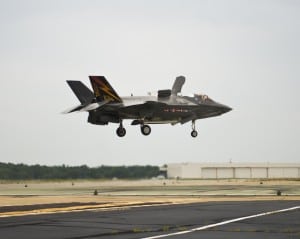
The Marine Corps aviation community is nearing the end of upgrading its aircraft despite ongoing budget cuts, but the assistant deputy commandant for aviation said the real game-changer will be connecting the platforms with networks and sensors to get a sum greater than the whole of its parts. Brig. Gen. Matthew Glavy told the audience at a Center for Strategic and International Studies event Monday morning that “we are transitioning every type/model/series of aircraft,” and among the most important upgrades…













